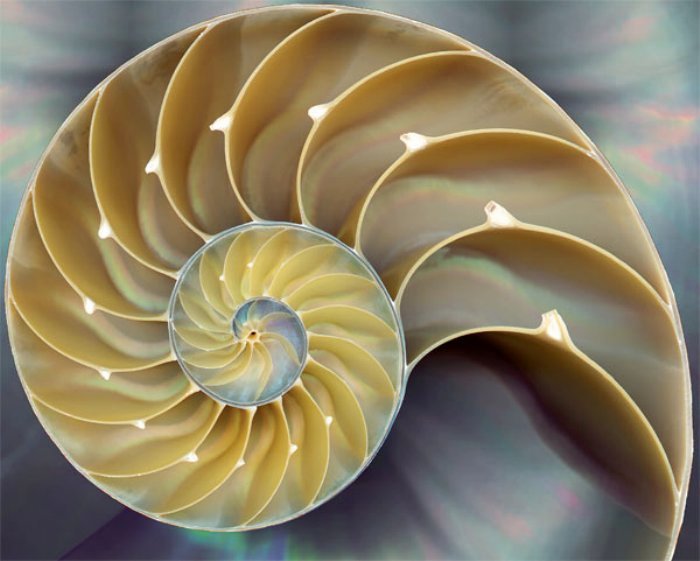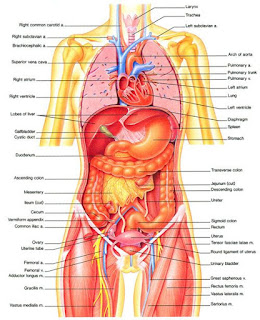Week 2: Math + Art
In week 1, we learned how CP snow thought there are
two cultures: art and science, and how they are related to each other nowadays.
As a undergraduate engineering student at UCLA, I deal with lots of math and
sciences. I chose this field because I have always thought that I am not good
at art or literature.
However, Buckminster Fuller said, “Everyone is born a
genius, but the process of living de-geniuses them.” Which means that all of us
have ability to do well in math and art. Every single one of us has a genius
inside of them and once we entered into the education system. Education system
works to the genius or reduce our focus perspective of what we see.
http://cfile208.uf.daum.net/image/19371D3D4DF5798E2B9936
I somewhat disagree with Buckminster Fuller because in
high school, we were required to learn both math, arts, literature, history,
etc. While studying all of those, I literally felt that I was not good at literature
but had some talent in mathematics.
http://cdn.ppomppu.co.kr/zboard/data3/2014/1102/1414927569_51d52d0f1d3977c952c5.jpg
Math is system of symbols and rules of organizing them
like a language. And art is the expression or application of human creative
skill and imagination, typically in a visual form such as painting or
sculpture, producing works to be appreciated primarily for their beauty or
emotional power. However, in arts, we use math without knowing them, and vice
versa.

https://cdn.insteading.com/wp-content/uploads/assets/images/Art/Fibronacci/nautilus%20shell.jpg
When we look at this picture above, we see some art
piece that is a shell cut horizontally in half. However, this is a Fibonacci
Sequence in nature. When we look at beautiful art piece, structure, or
drawings, there are often math related with somewhat patterns to it.
Resources:
Abbott, Edwin. “Flatland: A Romance of Many
Dimensions.” N.p., n.d. Web.
"Chapter 3: The Frequency Domain." Music and
Computers. Columbia University Computer Music Center, n.d. Web.
Frantz, Marc. Lesson 3: Vanishing Points and Looking
at Art. N.p.: University of Central Florida - Department of Computer Science,
n.d. PDF.
Lang, Robert J. "Polypolyhedra." Robert J.
Lang Origami. Robert J. Lang, 2004. Web. 12 Apr. 2017.
<http://www.langorigami.com/article/polypolyhedra>.
Maeda, John. "The 5 Reactive Books (1993 to
1999)." MAEDASTUDIO. MaedaStudio, 2017. Web. 12 Apr. 2017.
<https://maedastudio.com/the-five-reactive-books/>.




Hello,
답글삭제Thank you for sharing. I like your example of the Fibonacci system. It was really insightful and helpful in understanding the roles of both math and art and how they can intersect. I agree that the education system tries to compartmentalize our learning into different subjects which can easily make it seem like we are better at other areas of intellectual pursuits than others. However, examples such as the Fibonacci system as well as linear perspective drawing you included help reconcile art with math.
Good points, Jung. I read that you disagree with Buckminister Fuller's point that "everyone is born a genius" because you're good at math but not at literature. I understand where you're coming from because I, too, have different areas of study that I thrive at and some that I'm horrible at. However, I think that what Buckminister is trying to say is that people are born with the potential to thrive in all categories (not that you're born skilled/trained/accustomed to certain fields). So, assuming you're from Korea (your last name is Park) where math is definitely more focused than literature is (I am also from Korea so I can testify), I would maybe assume that the way you were brought up as a child and your pre-highschool education may have had an effect on your being good at math.
답글삭제Hi Jung Park!
답글삭제I am impressed on how you interpreted the Math as the system of symbols and rules and Art as the expression of human creative skill. Since I am undergraduate student just like you I think we have similar perspectives. I am not good at art either! I like the way to show the math is system of symbols by showing the pictures you uploaded. I think since we are from South Korea so that we are kind of more focused on studying not drawing in our youth.